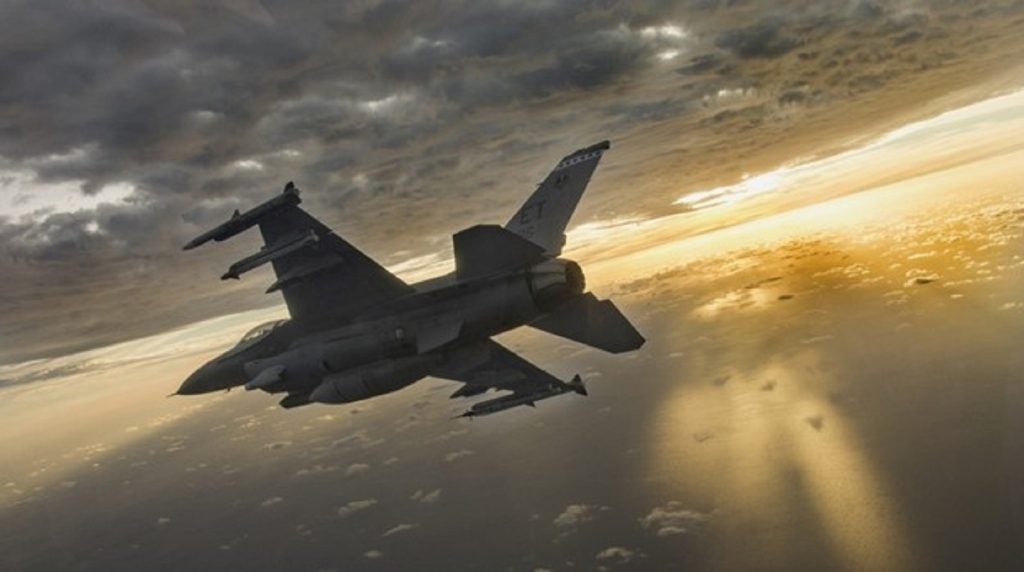In a US Department of Defense (DoD) press briefing conducted on 28 September 2023, the Deputy Press Secretary Sabrina Singh confirmed that “English language training has started for several pilots,” before personnel begin to learn how to operate the F-16 Fighting Falcon.
While a week earlier on 21 September, the DoD Press Secretary Air Force General Pat Ryder noted that “we do expect Ukrainian pilots and maintainers to arrive in the United States soon to conduct the initial English language training, and then the pilot training to start in the weeks after that.”
So the DoD anticipates its Ukrainian pilots to begin flying complex, western fighter jets sometime in October. However, the pilots must learn a lot in a very short period of time.
Singh added that the “English language training will vary, depending on proficiency and skill,” which will only complicate the process even more as the pilots learn how to operate this complex platform at different levels of understanding.
“So again, [I] don’t have an exact timeline of when folks will then move from [language] training to start pilot training, but yes, English language training has begun,” Singh stated.
Ukraine’s F-16 pilot training programme
The topic of training Ukrainian pilots on the F-16s has been a major discussion in the backdrop of the counteroffensive currently being waged by the Ukrainian Armed Forces in the south and east of the country.
Many observers of the Ukraine conflict consider the western fighter jet to be an essential asset to maintaining Ukrainian airspace from the indiscriminate Russian strikes that have attacked civilian and military personnel alike.
However, in June 2023, Denmark, the Netherlands and the United States agreed to join forces to provide training to Ukrainian pilots on the F-16 aircraft, with the aim of enabling them to undertake combat missions at the earliest opportunity.
In addition, Denmark announced in late August that it would provide Ukraine with 19 of its legacy F-16 fighters to aid Kyiv as part of a multinational aircraft and training programme to deliver combat air to the Ukrainian Air Force.
Overcoming the language barrier with limited time
The Lockheed Martin F-16 Fighting Falcon is one of the world’s most prolific fighter aircraft.
The F-16 Block 70/72 – a fourth-generation platform enhanced with fifth-generation capabilities – is the latest production configuration; it has been ordered by five countries so far. The upgrade increases new configuration’s structural life by 50% when compared to previous F-16 production standard.
Advanced equipment fitted on the current build of the F-16 includes Honeywell colour flat-panel liquid crystal multifunction displays, digital terrain system, modular mission computer, colour video camera to record the pilot’s view of the head-up display, a colour triple-deck video recorder and an enhanced programmable display generator.
The aircraft has nine hardpoints for weapons payloads: one at each wing tip, three under each wing, and one centre line under the fuselage.
Compared with Ukraine’s legacy fleet of MiG-29 Fulcrum fighter jets, with 13 additional units that Slovakia provided in April this year, the Russian-manufactured jets lack the fourth-generation performance of the F-16, which is said to be in use until the 2060s.









